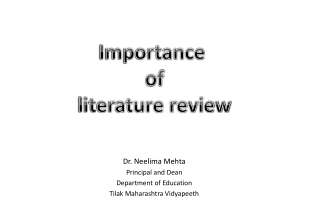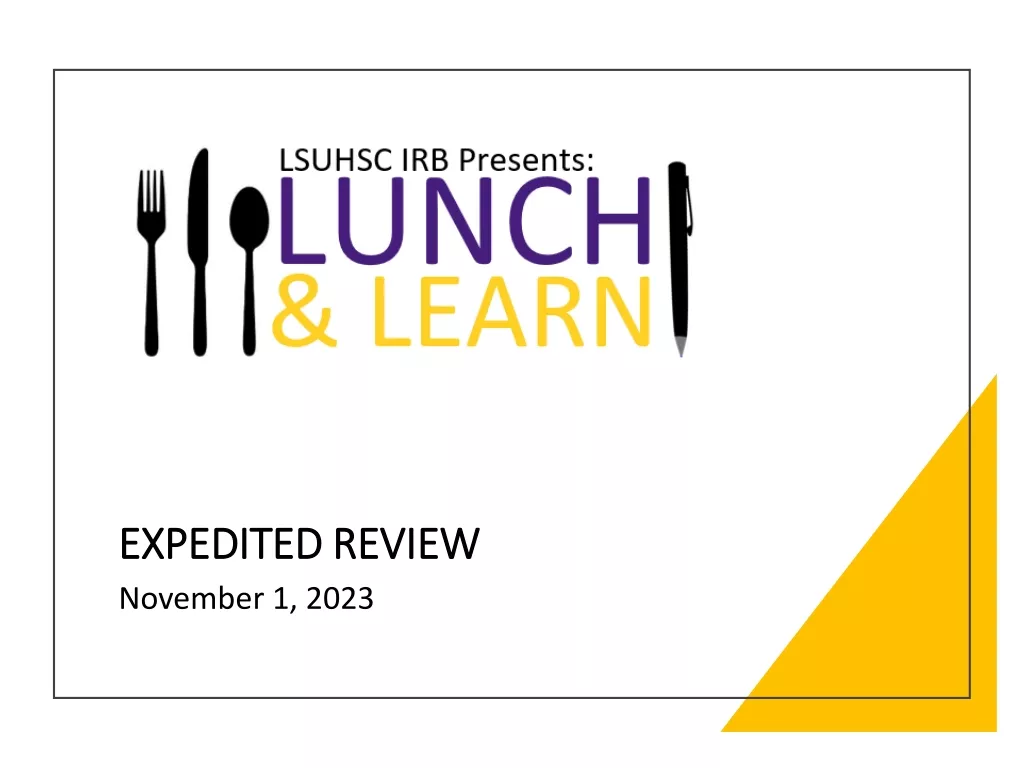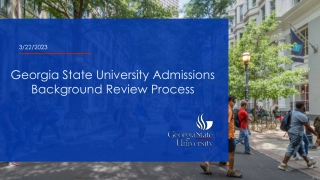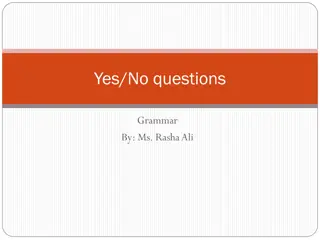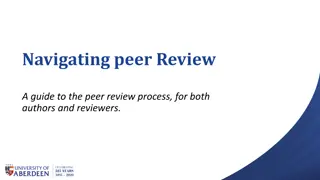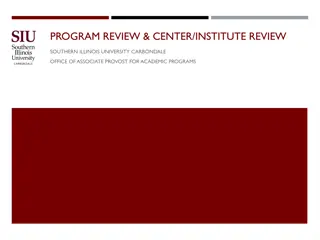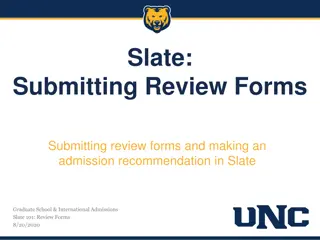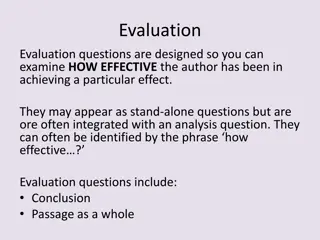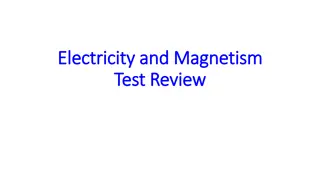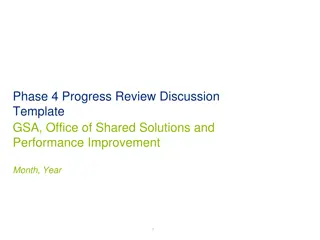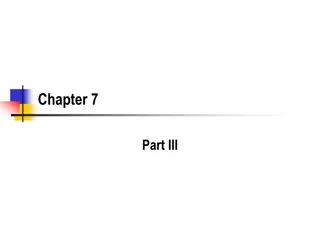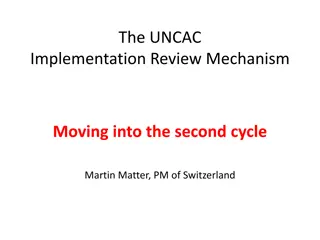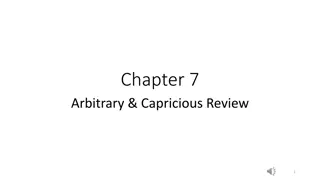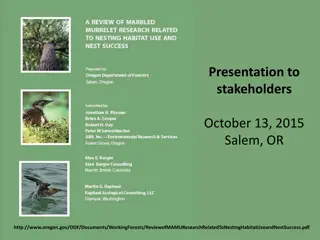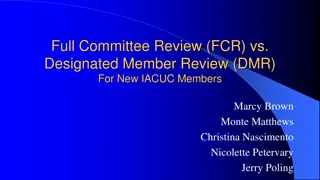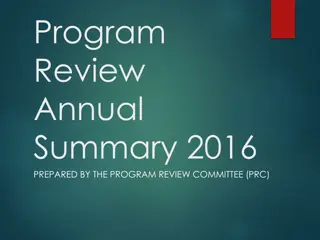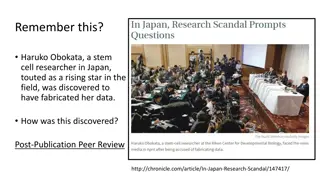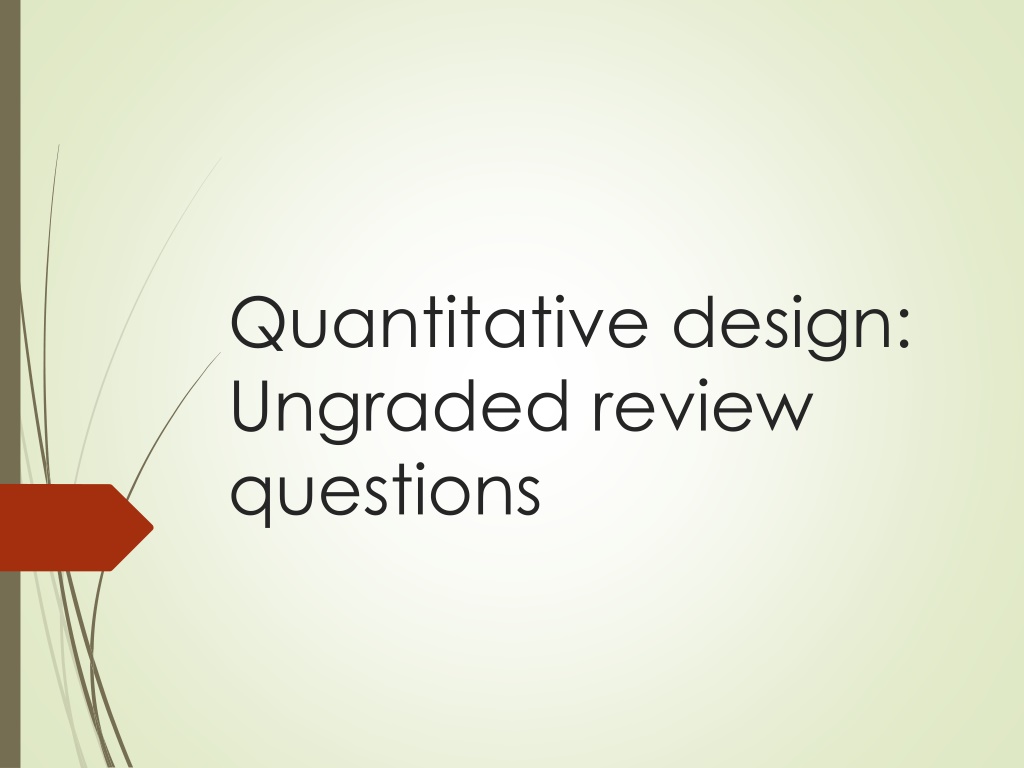
Quantitative Research Methods Review Questions
Dive into review questions covering topics like ex post facto design, observational research, causal studies, international assessment scores, and sampling schemes in quantitative research methods.
Download Presentation

Please find below an Image/Link to download the presentation.
The content on the website is provided AS IS for your information and personal use only. It may not be sold, licensed, or shared on other websites without obtaining consent from the author. If you encounter any issues during the download, it is possible that the publisher has removed the file from their server.
You are allowed to download the files provided on this website for personal or commercial use, subject to the condition that they are used lawfully. All files are the property of their respective owners.
The content on the website is provided AS IS for your information and personal use only. It may not be sold, licensed, or shared on other websites without obtaining consent from the author.
E N D
Presentation Transcript
Quantitative design: Ungraded review questions
Which of the following is NOT true about expost facto design? A. It is not experimental and data are collected after the fact. B. it is causal-comparative and it is considered the best way to make causal inference C. It is used when randomization is not possible.
Which of the following is NOT true about observational research? A. It is non-experimental B. Correlations between variables are studied C. The researcher must observe the subjects in the field. D. One of the weaknesses is that correlation does not necessarily imply causation.
Traditionally, most Evangelicals and Republicans work hand in hand. Professor Trump would like to conduct a study to affirm that religious conservatism (independent variable) tend to push people to political conservatism (dependent variable). His research assistant Sarah said that this so-called causal study is problematic. What is/are the flaw(s)? A. Even if two variables are statistically correlated, it may not be a causal relationship. B. There are many other factors influencing political orientation, but Trump s study does not take them into account. C. It is possible that the causal link is reversed (political position religious belief) or bidirectional (political position religious belief). D. All of the above
After examining international assessment scores (PISA, TIMSS) and the GNP per capita of many countries, Dr. April May found that there is no relationship between test performance and economic achievement. She concluded that better test skills do not necessarily lead to better job performance. What is her mistake (Choose the best answer)? A. Ecological fallacy: She infers from country- level data (summary data) to individuals. B. International assessment data are unreliable. Those tests are culturally biased. C.PISA and TIMSS do not use multi-stage sampling. D. All of the above
Dr. Noel Bobbie wants to conduct a nationwide survey. Which of the following sampling scheme should she use? A. Convenience sampling B. Simple random sampling C. Multi-stage sampling D. All are good.
Dr. Kent Clark, who works for the state government, wants to ensure that the sample collected from California can represent the state population. Assume that he has access to the state census data. What should he do? A. Check the population to make sure that it is normally distributed. B. Check whether simple random sampling is properly implemented. C. Check the sample properties against the population properties. D. All of the above
Which of the following is NOT a reason for doing a pilot study? A. Spot errors and ambiguity in wording. B. Spot errors in the interface design and the protocol C. Find out how long it takes to complete the survey D. Increase the sample size by including data collected from the pilot study
If the survey is too long, the respondents might lose their patience. They might skip questions or didn t answer the questions carefully. Therefore, it is better to keep the survey short by not including redundant questions. This is in alignment with which criterion of research design? A. Completeness B. Efficiency C. Insight D. None of the above
In a 5-point Likert scale 3 is regarded as the middle position. Which of the following statements is false? A. 3 is ambiguous. It could mean N/A, no opinion, I don t care, or neither agree nor disagree. B. Some researchers use a 4-point scale to overcome the problem of vagueness in 3. C. Users should be allowed to choose other and then explain the answer. D. 3 is universally accepted as the middle position and thus the data are accurate.
Which of the following is NOT an advantage of online survey? A. Lower error rate B. More freedom (e.g. skip logic) C. Randomize item order to counter the testing effect D. Higher completion rate
Which of the following is NOT one of the seven sins of memory proposed by Schacter? A. Absent-mindedness B. Blocking C.Bias D. Crytoamnesia
Which of the following statement(s) is/are true? A. Survey data are not very accurate because people do not tell you the truth all the time. B. Behavioral data are collected in experimental setting. C. Researchers cannot use Web-based data collected by Google, YouTube, and Facebook due to ethical concerns (e.g. privacy). D. All of the above

